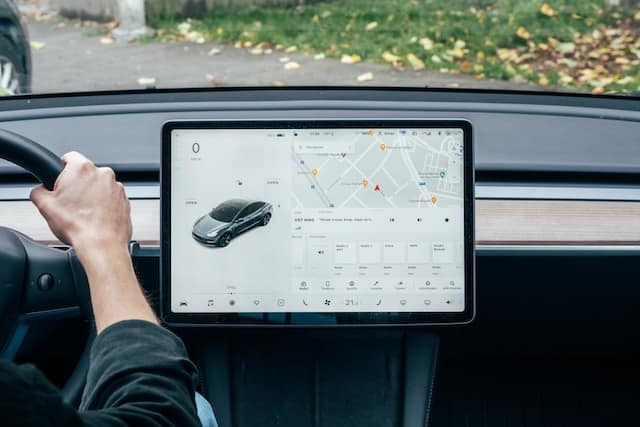The Evolution of Automotive Safety Features
 The journey of automotive safety has been a long and innovative one. Starting in the early 20th century, when cars were a novel invention, safety features were practically non-existent. Initial efforts focused mainly on basic structural integrity rather than sophisticated safety systems. It was only in the late 1930s that safety glass, which prevented shattering upon impact, was first introduced.
The journey of automotive safety has been a long and innovative one. Starting in the early 20th century, when cars were a novel invention, safety features were practically non-existent. Initial efforts focused mainly on basic structural integrity rather than sophisticated safety systems. It was only in the late 1930s that safety glass, which prevented shattering upon impact, was first introduced.
Seat Belts: A Major Milestone
In the 1950s, the introduction of seat belts marked a significant advancement in car safety. Initially, these were simple two-point waist restraints. By the 1960s, three-point seat belts, invented by Volvo engineer Nils Bohlin, became standard. This innovation drastically reduced injuries and fatalities in car accidents.
Emergence of Airbags
Airbags, now a staple in vehicle safety, were first introduced commercially in the 1970s. Their deployment in collisions offers critical protection against impact injuries. Over the years, airbag technology has evolved to include multiple airbags in different parts of the car, such as side and curtain airbags, offering comprehensive protection.
Anti-lock Braking Systems (ABS)
The 1970s also saw the introduction of anti-lock braking systems (ABS). ABS prevents the wheels from locking up during braking, allowing the driver to maintain control and steering ability, significantly reducing the risk of accidents.
Electronic Stability Control
In the 1990s, electronic stability control (ESC) was developed. This system improves a vehicle’s stability by detecting and reducing loss of traction. ESC automatically applies brakes to individual wheels, helping to steer the vehicle in the intended direction.
Advancements in Child Safety
Child safety in cars has also evolved considerably. From the introduction of child seats in the 1960s to the integration of LATCH (Lower Anchors and Tethers for Children) systems in the early 2000s, ensuring the safety of young passengers has become a priority.
The Role of Crumple Zones
Crumple zones, another vital safety feature, were conceptualized in the mid-20th century. These areas in a vehicle are designed to absorb and dissipate the energy from a collision, reducing the impact felt inside the car and thereby protecting the occupants.
Smart Technology Integration
Recent years have seen a surge in the integration of smart technology for enhanced safety. Features like adaptive cruise control, lane departure warning systems, and automatic emergency braking are becoming increasingly common. These technologies not only prevent accidents but also reduce the severity of those that do occur.
The Future of Automotive Safety
Looking towards the future, the focus on safety is shifting towards autonomous driving technology. Self-driving cars promise to significantly reduce accidents caused by human error. While fully autonomous vehicles are still in development, the technology driving this innovation is already making cars safer.
Conclusion
The evolution of automotive safety features reflects a continuous commitment to protecting lives on the road. From the humble beginnings of safety glass to the sophisticated smart systems of today, each advancement has played a crucial role in reducing fatalities and injuries. As technology continues to advance, the future of automotive safety looks promising, with the potential to revolutionize the way we drive and significantly increase road safety for everyone.
